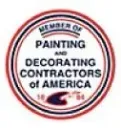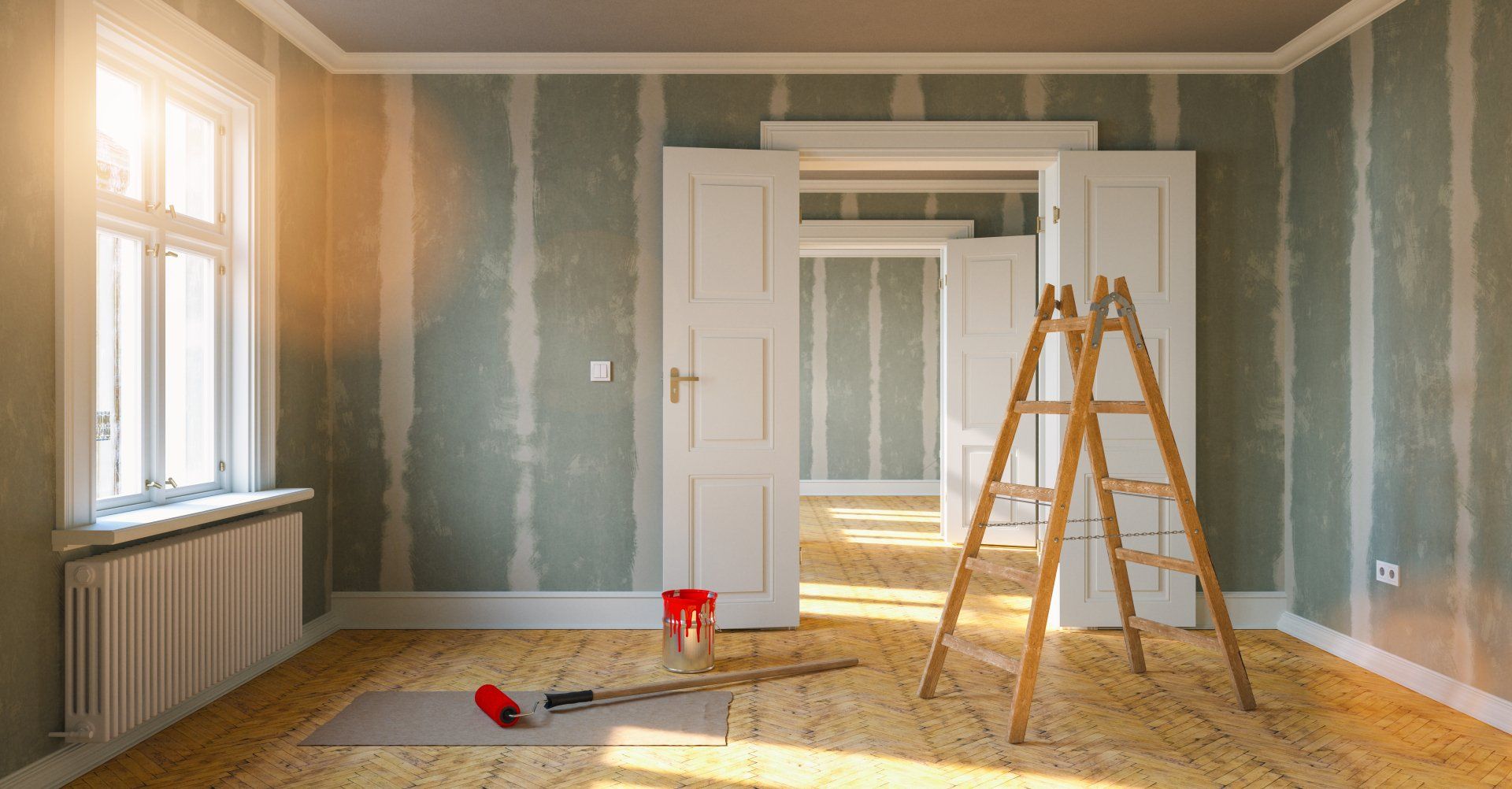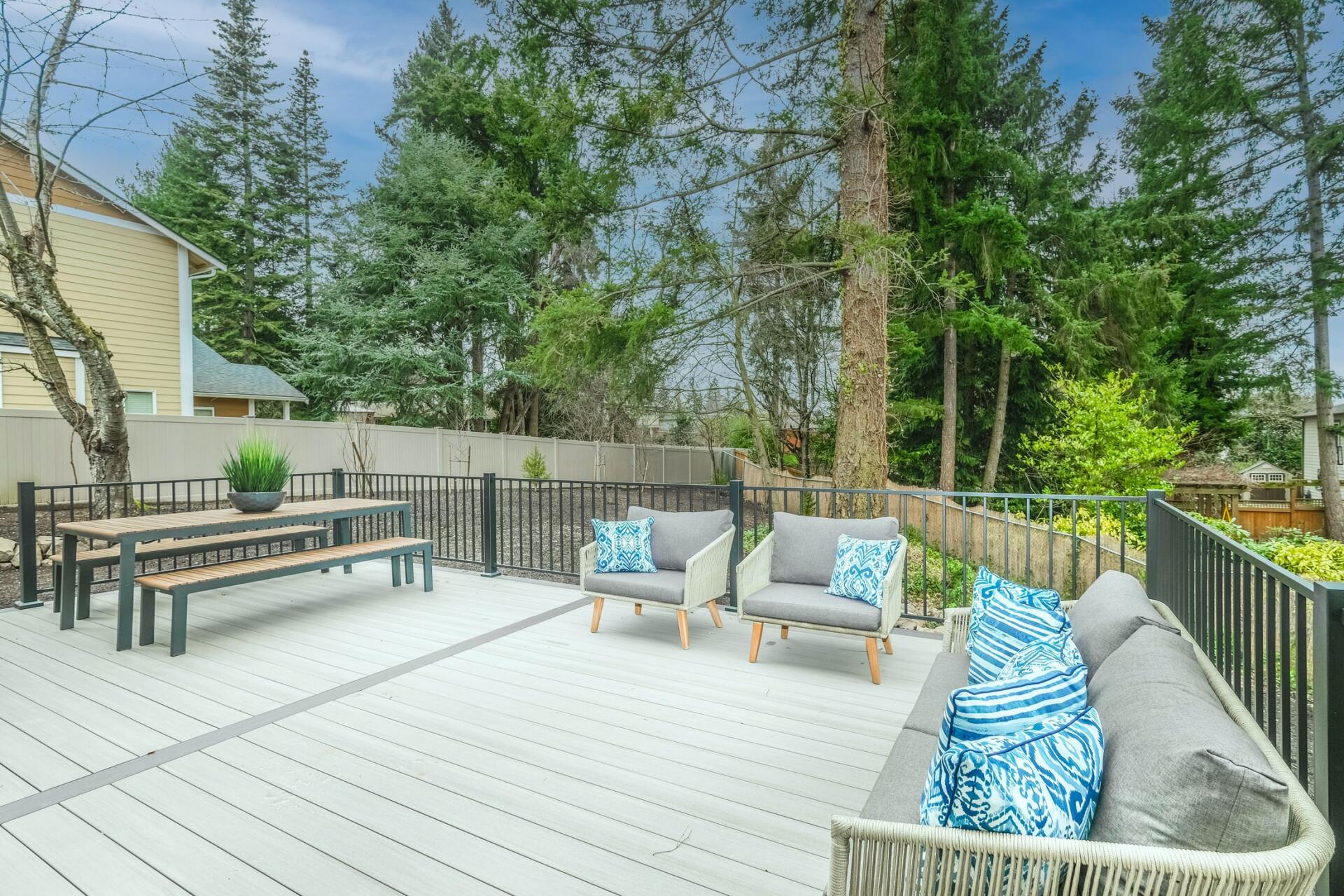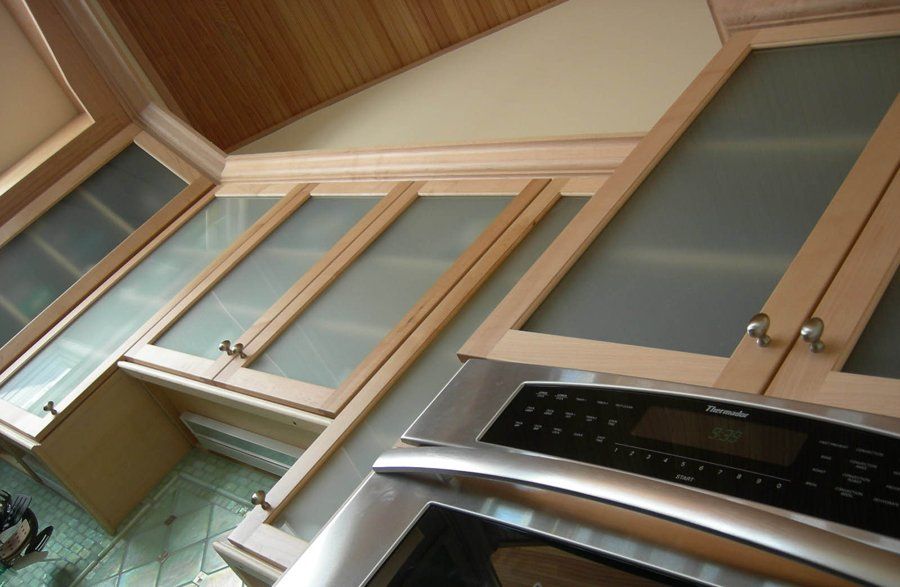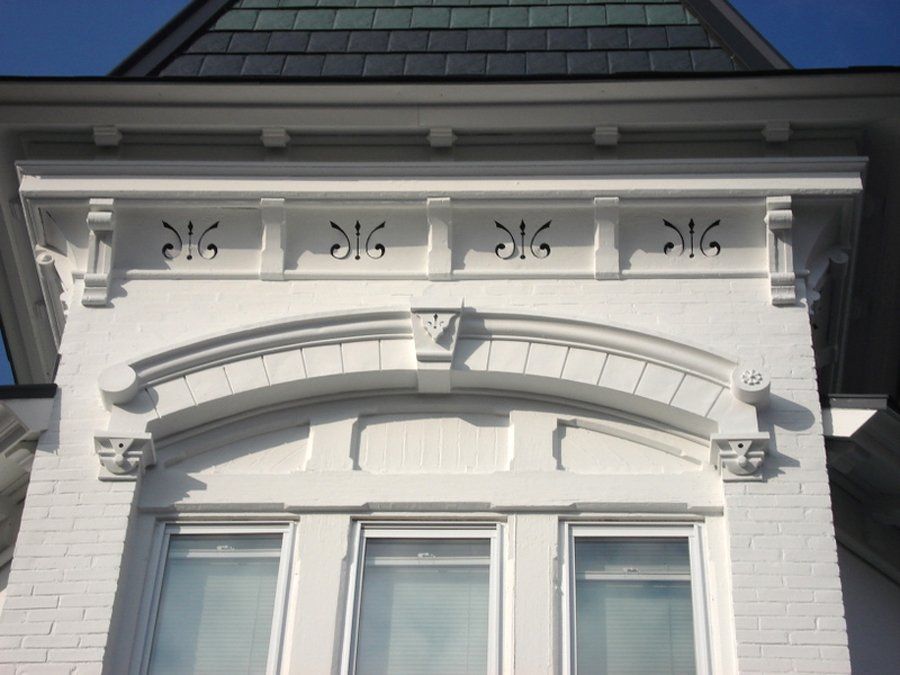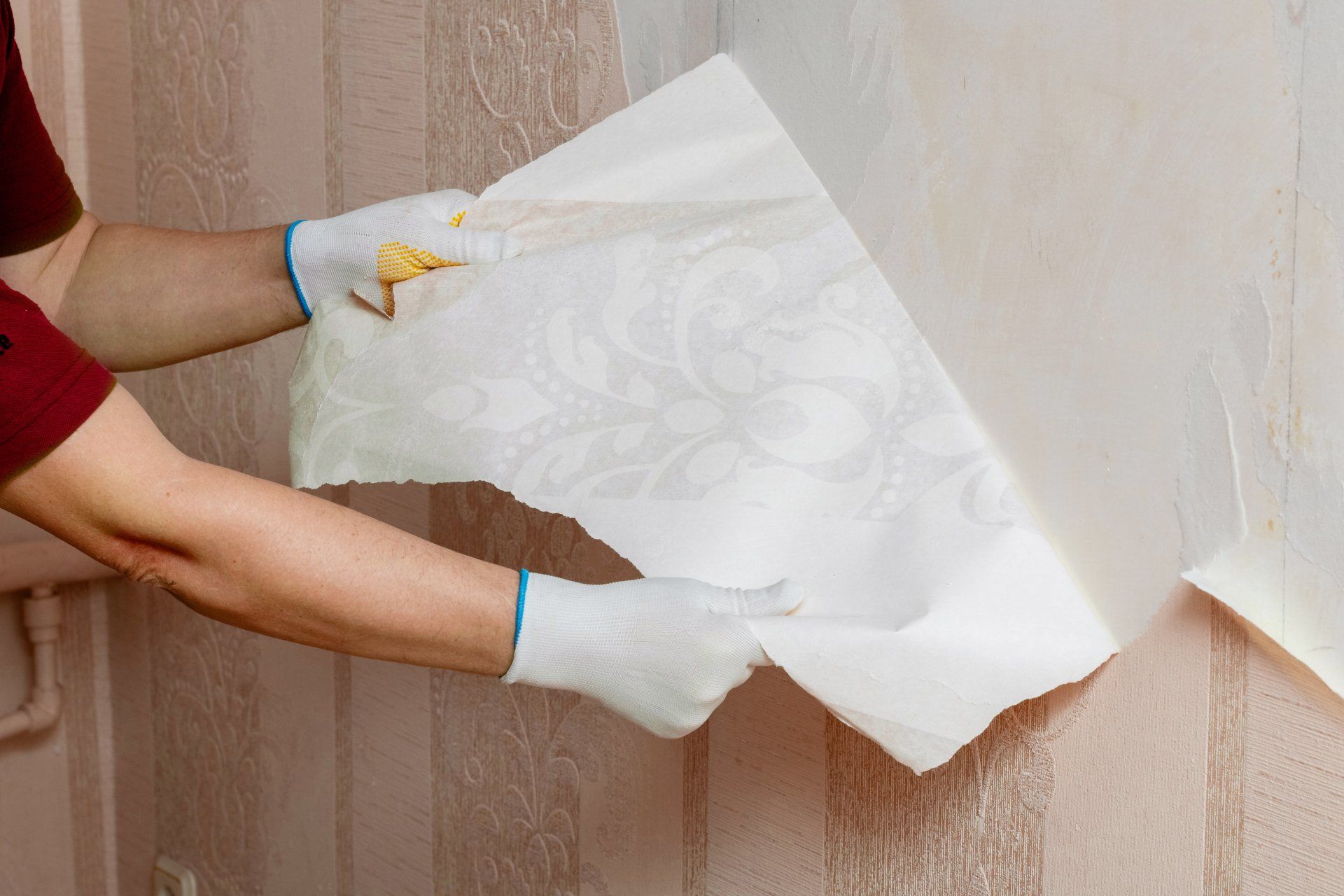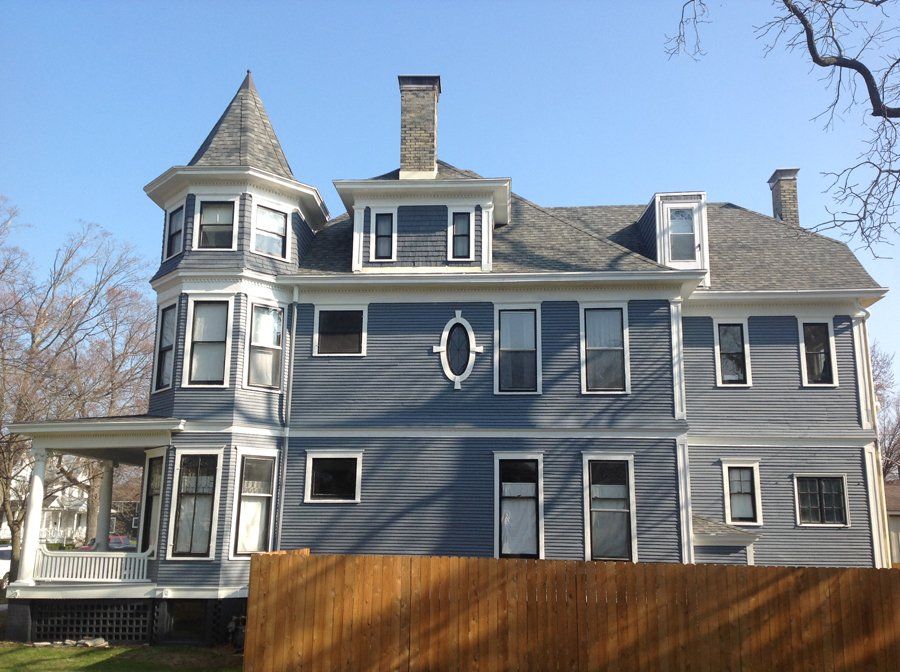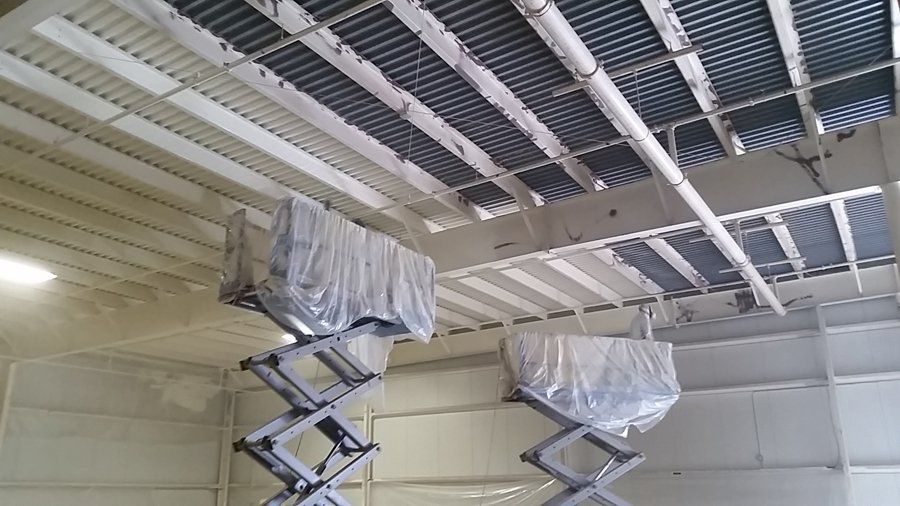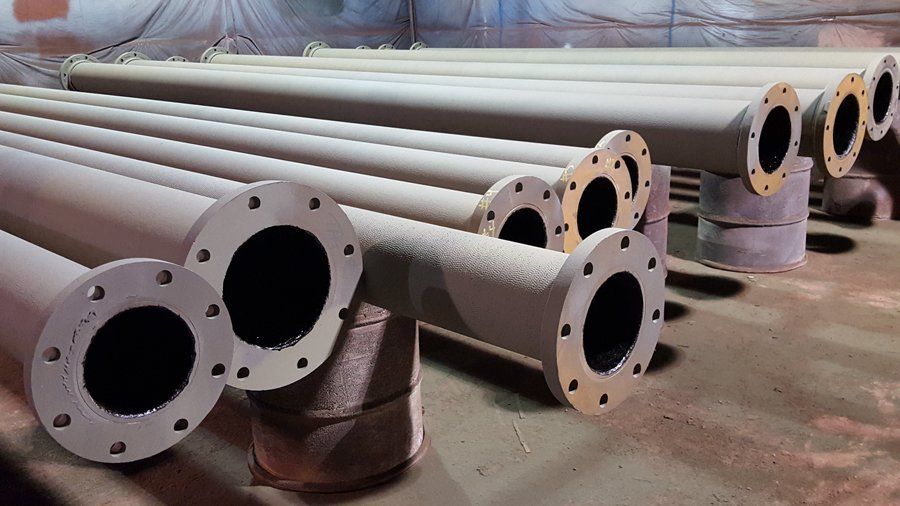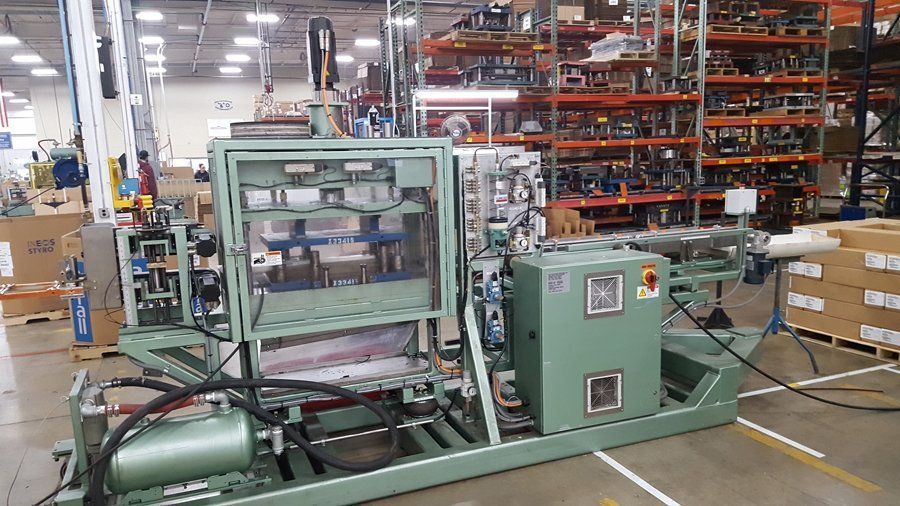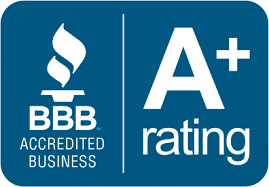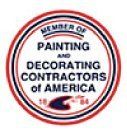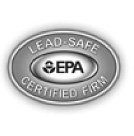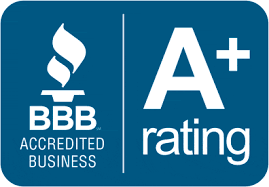Grand Rapids Painting Company
Commercial, Industrial, & Residential Painting Services
Serving Grand Rapids, Holland, Grand Haven, Kalamazoo, East Lansing, Muskegon & Beyond
Your Trusted Painters In Grand Rapids
VanDerKolk Painting has been serving West Michigan since 1991. In that time, we’ve earned a reputation for providing exceptional commercial, industrial, and residential painting services.
About VanDerKolk Painting
VanDerKolk Painting provides superior painting services to the communities of West Michigan through an emphasis on customer service, craftsmanship, and unparalleled professionalism in the painting industry.
Our Guarantee
When the project is complete, you have the peace of mind knowing that we warranty all of our work.
Residential Renovation & Painting Services
We offer the following Residential Services to you in the Grand Rapids, MI Area
Drywall Repair
Our team doesn’t do large drywall installation projects, but we can repair damaged drywall. Our team is comprised of more than just painters. We also have skilled craftsmen who can patch drywall and then prep and paint it to restore your walls to their former beauty.
Pressure Washing
It’s possible your home may need to be power washed as opposed to painted. A buildup of dirt, grime, and mildew can make your exterior surfaces look worn. Oftentimes, a good power washing can make surfaces look like new without the need for a new coat of paint. Our team can help you evaluate your exterior to determine if painting or power washing is the better option for your home.
Kitchen Cabinet Painting
LEARN MOREWood Siding Restoration
Wood siding holds an inherent natural beauty and we want to help you preserve it. Our team has several different approaches we can take depending on your budget. We don’t just paint wood siding, we can also repair and replace siding as needed.
Interior & Exterior Painting
If you need interior house painting or exterior house painting, we’re your team. No project is too big or too small. We can paint one room or your entire house. We’ll help you breathe new life into your him and increase your home’s value.
Wallpaper Removal
Wallpaper removal can be difficult and time-consuming to do on your own. Save time and headaches and let VanDerKolk remove wallpaper for you. We can take down your wallpaper and provide your walls with a new coat of paint after.
Historical Home Renovation
Not all Grand Rapids painting companies can say they’re experienced in historical home renovation, but VanDerKolk can. Our team of house painters has successfully completed many historical home renovations over the past decade. The surfaces of historic homes need to be treated differently than newer homes and our team has the knowledge and experience to do so.
EPA Lead Certification
Our team is trained and certified to handle lead paint. If you believe your home may contain lead paint, we can test for you and recoat your home in a way that protects you, your family, and your property.
Commercial & Industrial Painting Services
We offer the following Commercial & Industrial Services to you in the Grand Rapids, MI Area.
- Factory Painting
- Agricultural Painting
- Churches
- Office Painting
- Exterior Painting
- Concrete Floors
Why Choose Us

HIGHEST QUALITY WORK
“Your company provided expertise, care, and diligence.”
-Paul H. Dickinson
A.I.A., President, Integrated Architecture, P.C.
Button
PEACE OF MIND
“I especially liked how the crew cleaned up their entire work area, including vacuuming, before they left every night!”
-Cynthia Schoenfeldt
Grand Rapids
Button
CARE & COMMITMENT
“I was impressed with the estimate package, and there was no pressure after the initial estimate.”
-Carol Lambeck
Byron Center
Button
TOTALLY PROFESSIONAL
“The job is done right the first time. Your crew members are true treasures! Excellent work ethic and attitude! WONDERFUL!”
-Paul Geerdes
Alto
Button
Industrial Painting Services
We offer the following Shop Painting services to you in the Grand Rapids, MI Area
Sand Blasting
Engaging in industrial sandblasting involves unleashing powerful streams of abrasive materials at a surface, effectively eliminating impurities, coatings, or rust. This method is employed to meticulously cleanse and ready surfaces for the application of paint.
Industrial Pipe & Sprinkler Pipe
LEARN MORETrailers & Equipment Painting
LEARN MOREHeavy Industrial Equipment Painting
VanDerKolk Painting can paint industrial equipment of any size. Our team can paint large industrial items like presses, bulldozers, and more with ease. We’d love to help you protect and revitalize your equipment.
Mechanical Boomlifts & Scissor Lifts
Our team routinely paints boom lifts and scissor lifts. We have the resources and equipment to paint one lift or an entire fleet of lifts at our shop.
Certifications
VanDerKolk Painting has completed training and certification on many levels of projects. We are certified in the following areas:
● RRP Lead Paint Removal
● Lead Paint Abatement
● Confined Space Entry
● Fit Tests for respirators
● Aerial Lift Platform Training
Please contact our office for more information.
Benefits Of Choosing VanDerKolk Painting

Quality Guarantee
We guarantee your satisfaction with our services by providing a warranty for all of our work. We’ll work hard to ensure you remain satisfied with the job we've performed.

Certified Professionals
Our painters are not contractors - they are highly-trained full-time employees. Our team is certified in RRP lead paint removal, lead paint abatement, confined space entry, fit tests, and aerial lift platform training. This means you receive quality, professional work.

Exceptional Service
We'll keep you updated at every step in the project and you'll never have an issue reaching a member of our team.
Benefits Of Choosing VanDerKolk Painting
We are the top-rated local painters near you. While we’re known as Grand Rapids painters and our shop is located in Grand Rapids, we serve much of West Michigan. Cities we regularly paint in, include:
Request Your Free Estimate
Not all painters in Grand Rapids provide free estimates. VanDerKolk Painting offers free estimates to provide you with an accurate quote for your painting job. We’re painters and not sales professionals. When you schedule a free estimate with us, we’ll come out and review your job, provide you with an estimate, and answer any questions you may have.
There is no obligation to choose us and there are no pressure sales tactics involved. We believe in providing honest and transparent services and that belief extends to our free estimates. You can request an estimate by clicking the button below.
Recent Posts From Our Painting Blog
Interested in learning more about the work that goes into residential or commercial and industrial painting? You can read the latest insights, tips, and industry news straight from our painting blog.
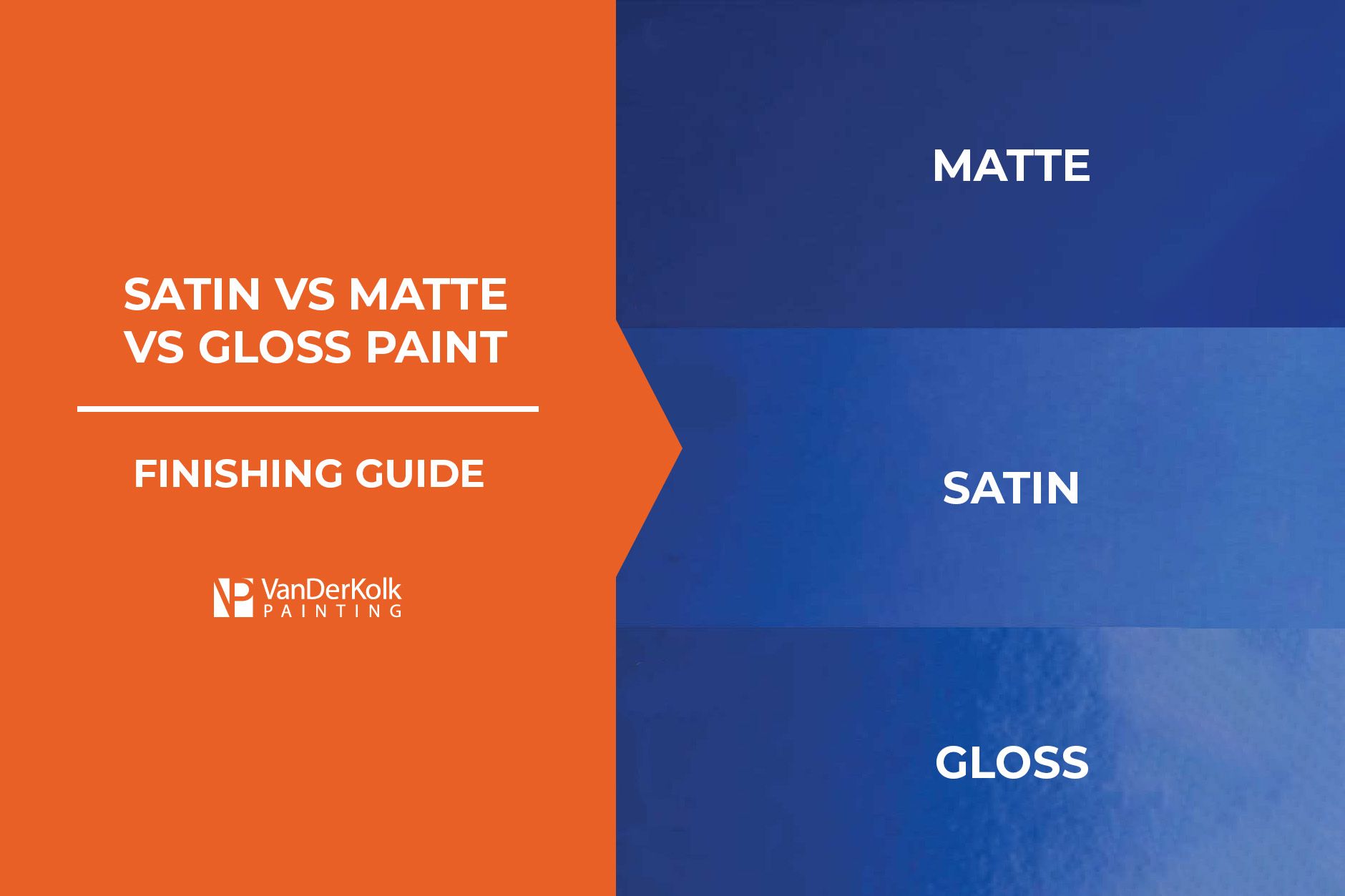
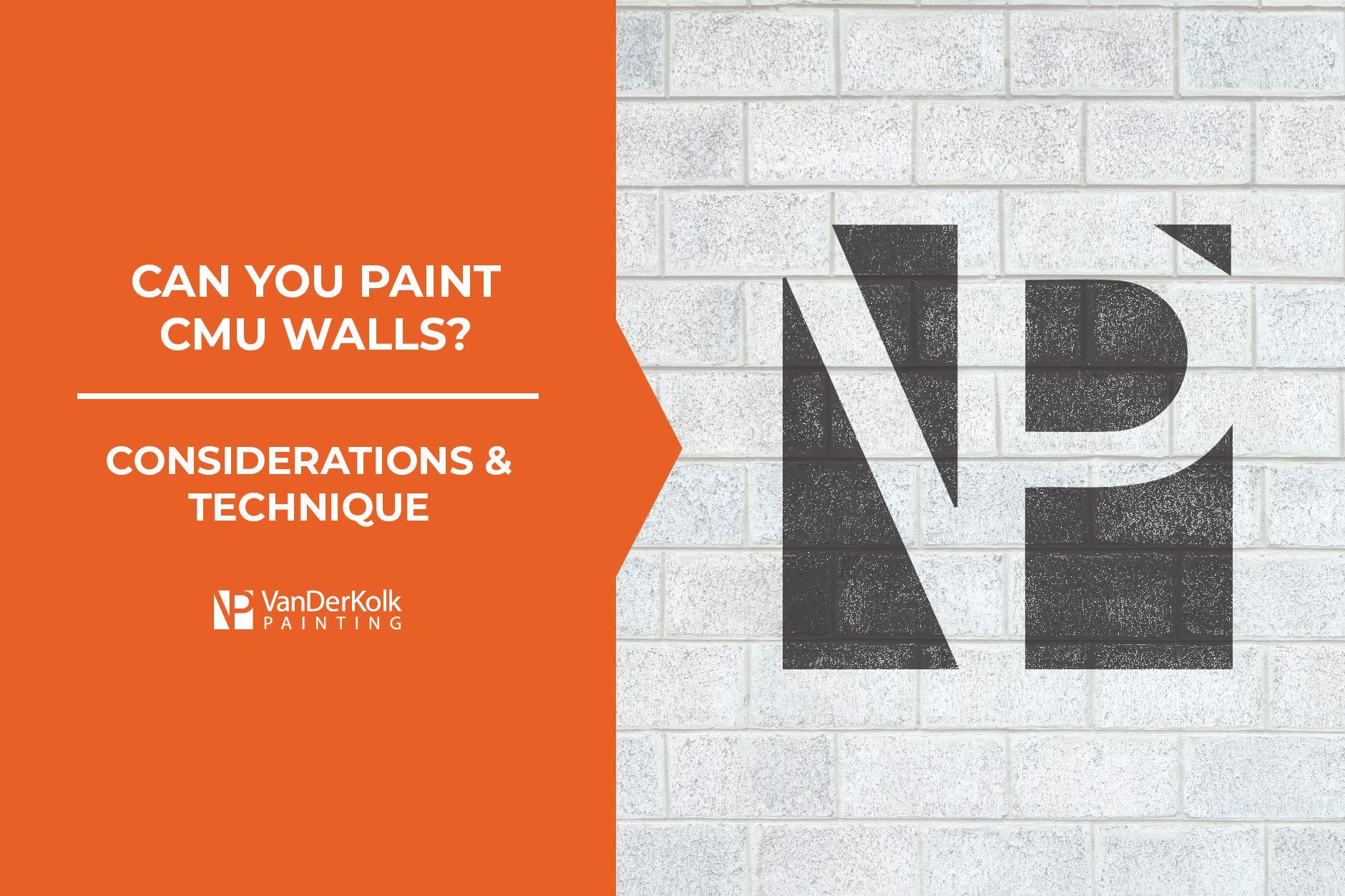
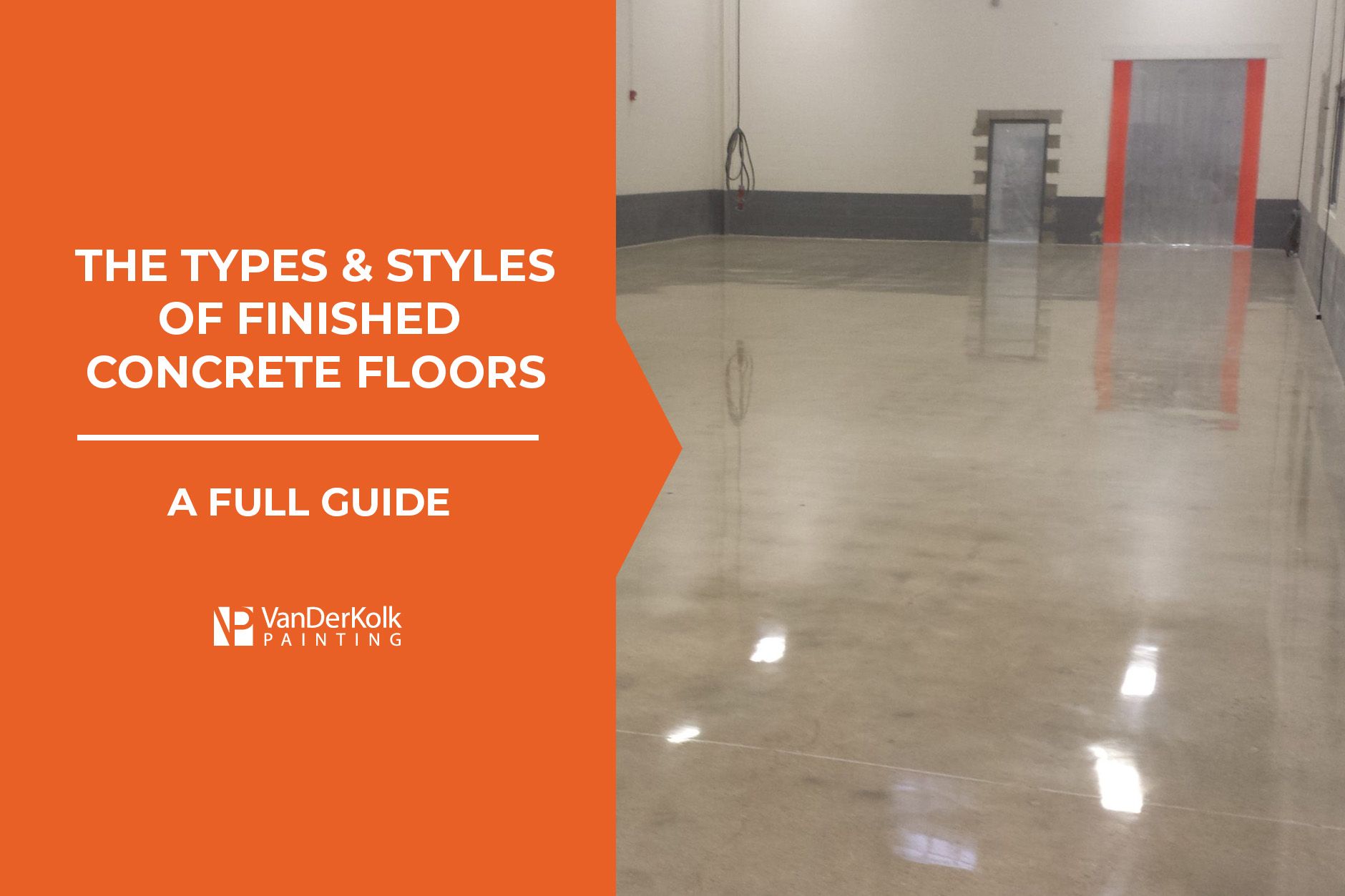
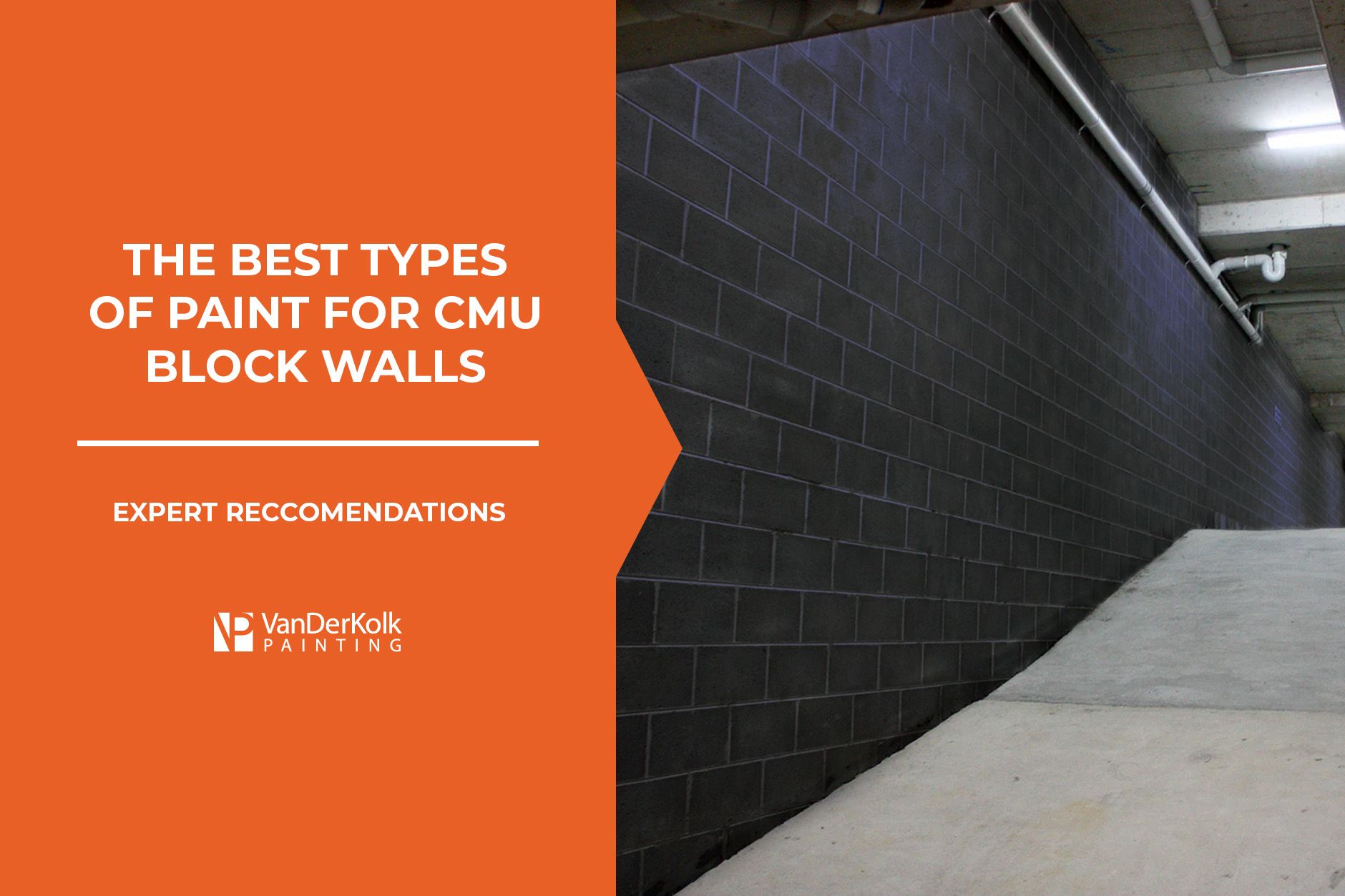
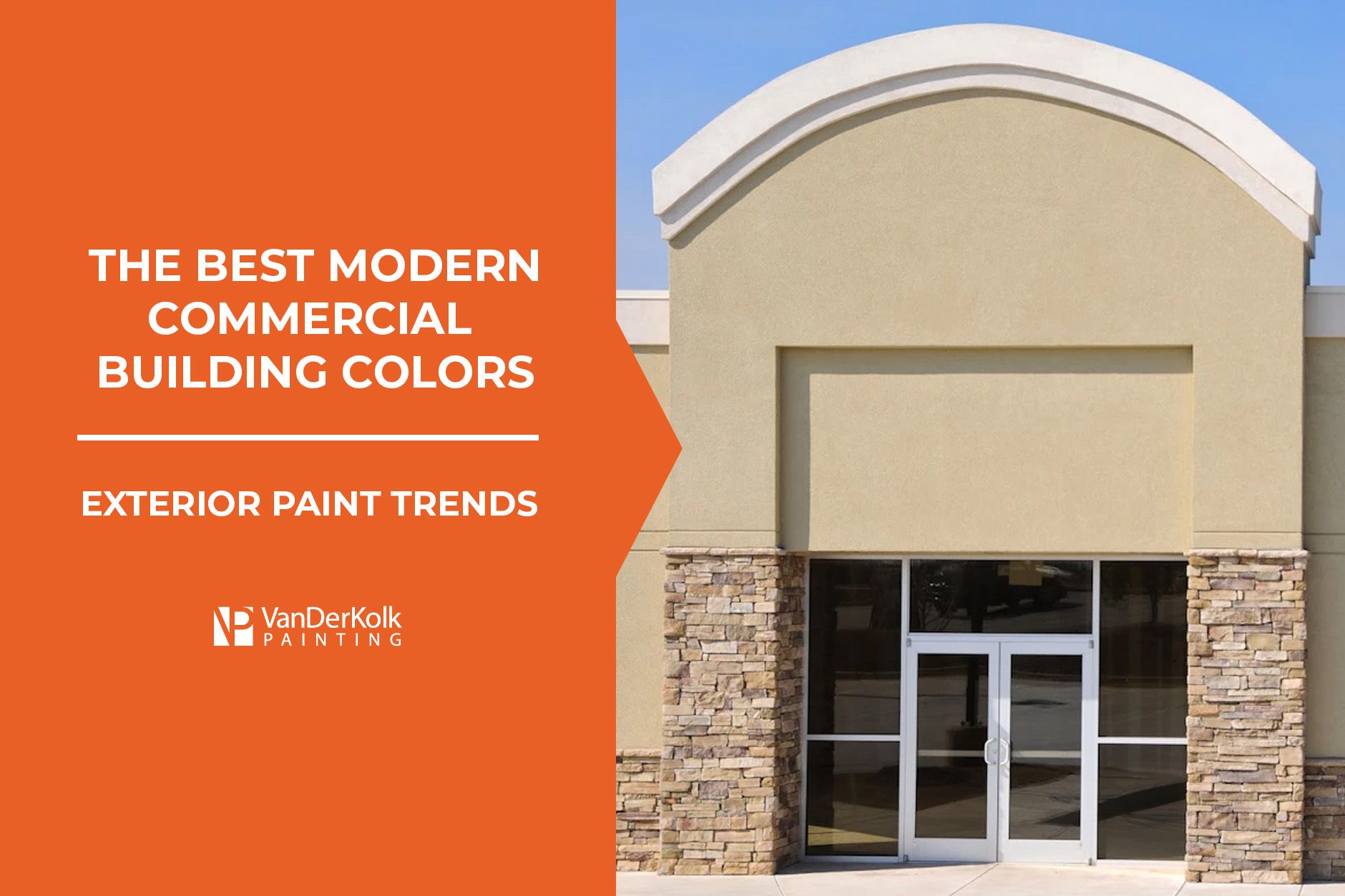
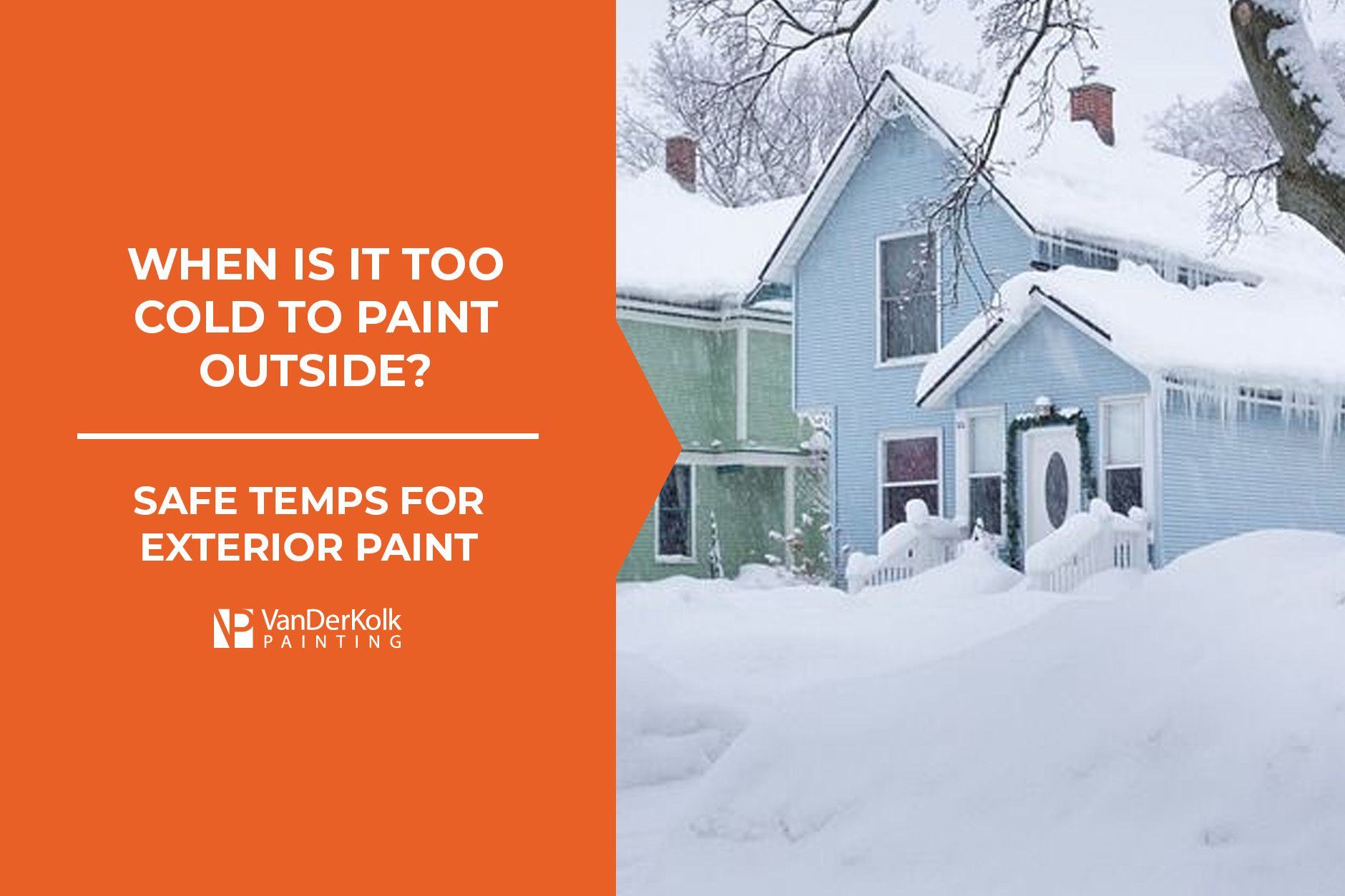
 Rating
Rating
Request Your Free Quote
We provide quotes at absolutely no cost. Requesting a quote gives you an opportunity to meet with one of our team members, better understand our process, and explain the details of your project. You can request a free quote by filling out the form, or by calling us at 616-202-6570.
Footer Form
Thank you for contacting us.
We will get back to you as soon as possible.
Please try again later.
VanDerKolk Painting - Grand Rapids Painting Company
225 Graham Street SW | Grand Rapids, Michigan 49503
VanDerKolk Painting | All Rights Reserved





